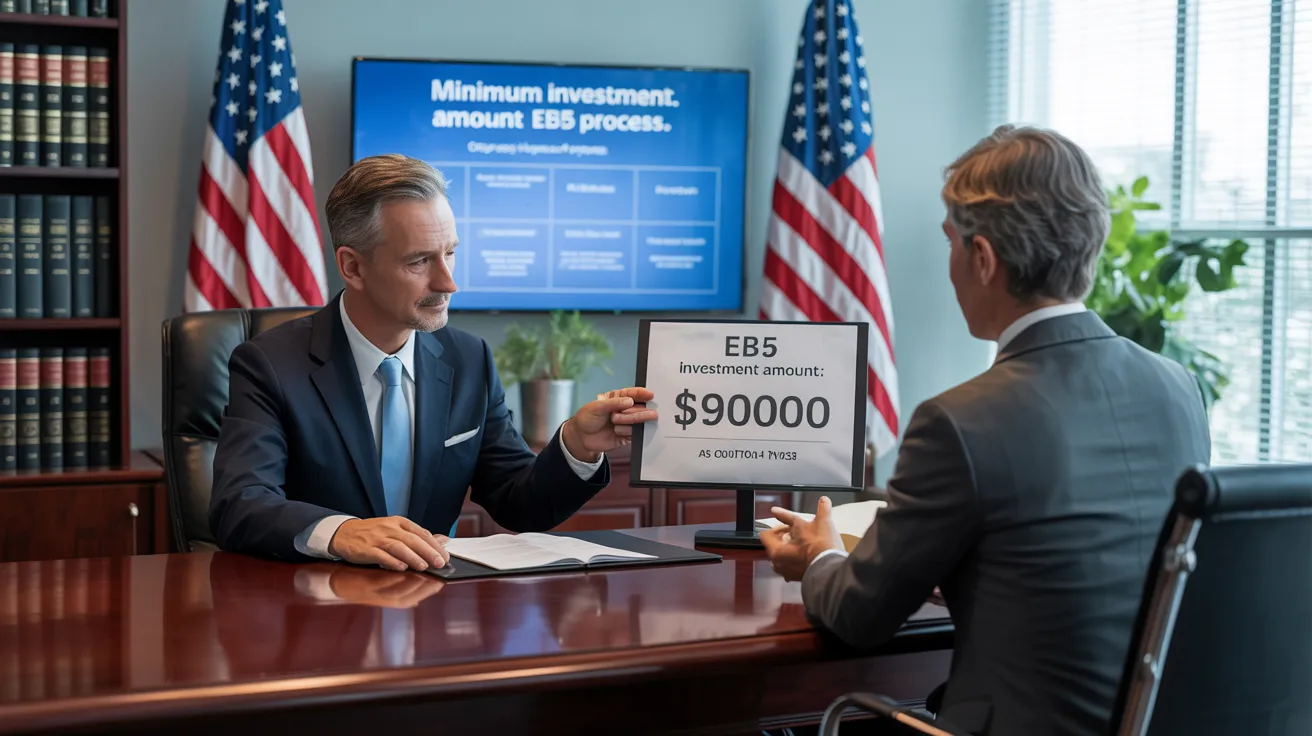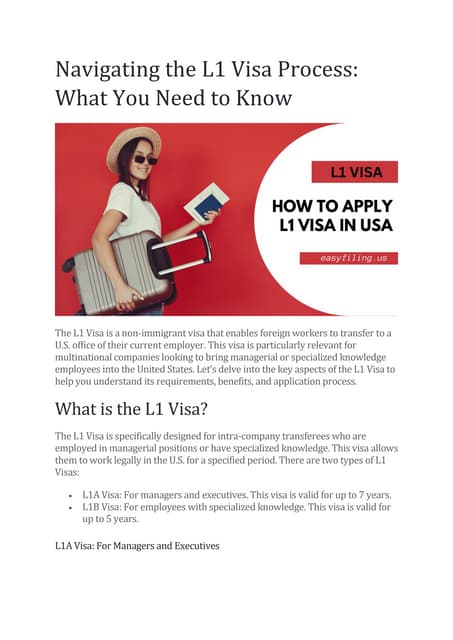Apply for L1 Visa
The Only Guide for L1 Visa
Table of ContentsHow L1 Visa can Save You Time, Stress, and Money.The 8-Second Trick For L1 VisaL1 Visa Things To Know Before You Get ThisThe Greatest Guide To L1 VisaL1 Visa Things To Know Before You Get This
L-1 visas are offered to employees of a worldwide company with offices in both the United States and abroad. L1 Visa. The visa allows such international employees to transfer to the company's United States office after having actually functioned abroad for the business for at least one continuous year within the previous three before admission in the USOne L-1 visa can allow numerous staff members entry into the United States.
Given that 2000, Indian nationals are the biggest receivers of L-1 visas. The number of L-1 visas provided to Indian nationals jumped from 4.5 percent in 1997 to 43.8 percent in 2006. In 2019, Indian nationals got 18,354 L-1 visas, representing 23.8% of all L-1 visas released in 2019. According to USCIS information, the biggest companies to get L-1 visas in 2019 were Tata Working as a consultant with 1,542 authorized L-1 visa applications, Infosys with 517, Amazon with 455, Cognizant with 382, and Deloitte with 305.
Congress created the L-1 visa in 1970. It was introduced as a "noncontroversial modification" for international American companies. The original visa required that the work tenure match directly before getting the firm transfer. Congress initially did not specify "specialized knowledge". In 1980, the State Division provided 26,535 L-1 visas.
Little Known Questions About L1 Visa.
Major Indian outsourcing firms such as Tata, Infosys, and Wipro increasingly used the L-1 copyright personnel American international firms. Half of Tata's employees gave the United States came on L-1 visas. The North American Free Trade Arrangement had stipulations relating to intracompany transfers in between the united state, Canada, and Mexico.
By 2000, Migration and National Service recorded 294,658 visa access. In 2002, Congress allowed L-1 visa spouses, that get on an L-2 visa, the permission to function freely within the United States. In 2003, the Senate Judiciary Committee held a hearing on the L-1 visa. In 2004, the number of L-1B visas exceeded the number of L-1A visas.

Candidates that remain in the United States at the time of the filing of the I-129 can ask for an adjustment of standing from their present nonimmigrant status (i.e. site visitor, pupil, and so on), so long as they remain in standing at the time of the declaring of the I-129. If they head out of status after the declaring, but contact us prior to approval, there is no adverse repercussion, and the individual does not build up illegal existence.
Children of the key L-1 can go to school. The partner of the key L-1 has an automated right to function in the United States.
The Greatest Guide To L1 Visa
An I-797 Notice of Action revealing the approval of the visa petition does not guarantee that a visa will certainly be released at the U.S.

L1 Visa Fundamentals Explained
For an L-1 visa applicant, "double Intent" is enabled: unlike some classes of non-immigrant visas (e.g., J-1 visas (L1 Visa)), L-1 candidates might not be refuted a visa on the basis that they are an intending immigrant to the USA, or that they do not have a residence abroad which they do not mean to desert
Renewal in the United States applies to condition only, not the actual visa in the ticket. copyright renewal, the candidate L1 Visa process has to go to an U.S
An alien can not leave contact us the United States and then reenter without a legitimate L-1 visa, and have to appear personally prior to a consular police officer copyright issuance.
Get This Report on L1 Visa
A person in L-1 condition normally might work just for the requesting company. If the L-1 worker gets in based on an L-1 covering, however, it generally is possible for the worker to be relocated the exact same capability to any type of other associated business listed on the covering. The L-1 visa program has actually been slammed for many reasons.
In one example, The U.S. Department of Labor fined Electronic devices for Imaging $3,500 for paying its L-1 visa workers $1.21 an hour and working some of them up to 122 hours a week. Some market agents have implicated business of utilizing the L-1 program to change U.S. employees. Critics and government authorities have pointed out how the visa program does not specify "specialized understanding" for foreign workers in the L-1B visa classification.